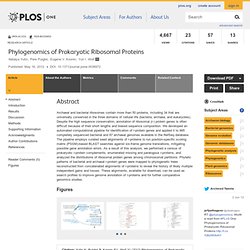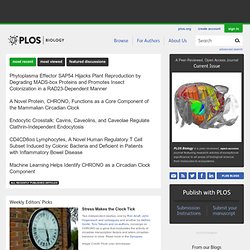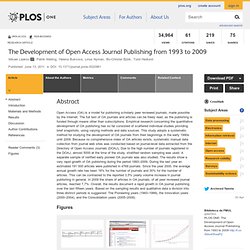

Mathematics and HIV. In anticipation of the 19th International AIDS Conference — being held in Washington, D.C., July 22-27 — Work in Progress is turning its attention to the upcoming collection of articles on HIV Treatment as Prevention published this week. I’ll have several posts here about the collection, looking at some of the concepts behind the work being presented, and then delving into specific articles in the collection. (See a Los Angeles Times article on the collection here.)
Woven throughout the collection is the use of mathematical modeling as a way to evaluate the impact of potential interventions that could diminish the spread of HIV/AIDS. Last year, the landmark HPTN-052 study showed that early antiretroviral therapy (ART) for people infected with HIV could reduce the risk of the sexual transmission of the virus to an uninfected partner by 96 percent. In the wake of that finding — 96 percent! Thirty-three million people were living with HIV in 2009, according to UNAIDS.
What next? Phylogenomics of Prokaryotic Ribosomal Proteins. Citation: Yutin N, Puigbò P, Koonin EV, Wolf YI (2012) Phylogenomics of Prokaryotic Ribosomal Proteins.

PLoS ONE 7(5): e36972. doi:10.1371/journal.pone.0036972 Editor: Olivier Lespinet, Université Paris-Sud, France Received: November 23, 2011; Accepted: April 16, 2012; Published: May 16, 2012 This is an open-access article, free of all copyright, and may be freely reproduced, distributed, transmitted, modified, built upon, or otherwise used by anyone for any lawful purpose. The work is made available under the Creative Commons CC0 public domain dedication. Funding: The authors are supported by the Department of Health and Human Services intramural program (National Institutes of Health, National Library of Medicine). Alternative metrics, article-level-metrics, altmetrics · leclercfl.
PLoS Biology : Publishing science, accelerating research. A Peer-Reviewed, Open Access Journal Current Issue PLOS Biology is a peer-reviewed, open-access journal featuring research articles of exceptional significance in all areas of biological science, from molecules to ecosystems.

PLoS Journals Sandbox: A Place to Learn and Play. Background On the eve of PLOS' tenth anniversary, we’re pleased to announce that the redesign of all PLOS journals is now live.

The goals of the project were to: Improve reader ability to quickly assess the relevance and importance of an article through a figure browser and highly visible article-level metricsd. Improve navigation within the site and discoverability of content. Launch a flexible and extensible platform from which to build out new innovations moving forward. This initiative offers users more effective ways to access and read content, updates the overall appearance of the sites and harmonizes them with our new PLOS look announced in 2012. Figures Citation: Baehr M, Burt S, Callaway J, Cave R, Chodacki J, et al. (2006) PLOS Journals Sandbox: A Place to Learn and Play. Academic Editor: Damian Pattinson, Public Library of Science, United States of America Received: December 20, 2006; Accepted: December 20, 2006; Published: December 20, 2006 Copyright: © .
Introduction Figure 1. The Development of Open Access Journal Publishing from 1993 to 2009. Open Access (OA) is a model for publishing scholarly peer reviewed journals, made possible by the Internet.

The full text of OA journals and articles can be freely read, as the publishing is funded through means other than subscriptions. Empirical research concerning the quantitative development of OA publishing has so far consisted of scattered individual studies providing brief snapshots, using varying methods and data sources. This study adopts a systematic method for studying the development of OA journals from their beginnings in the early 1990s until 2009. Because no comprehensive index of OA articles exists, systematic manual data collection from journal web sites was conducted based on journal-level data extracted from the Directory of Open Access Journals (DOAJ). Due to the high number of journals registered in the DOAJ, almost 5000 at the time of the study, stratified random sampling was used. Figures Editor: Marcelo Hermes-Lima, Universidade de Brasília, Brazil.